Ecteinascidins in nature and for human use may act as a feeding deterrent
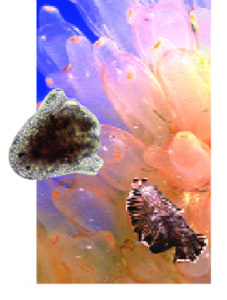
Tiger flatworms (Maritigrella crozierii) forage specifically upon the mangrove tunicate (Ecteinascidia turbinata), which produces a class of antitumor compounds known as ecteinascidins that are currently in clinical trials for human cancer treatment. At less than 0.002 percent dry weight, the ecteinascidin concentration within the tunicates is extremely low. However, the flatworms sequester the compounds up to 200-fold.
Tiger flatworms may therefore be useful for grazing and harvesting E. turbinata for ecteinascidins if the life cycle of the worms can be controlled. Tiger flatworms are simultaneous hermaphrodites, but they cross-fertilize by hypodermic insemination and lay adhesive eggs near or on the tunicates.
Flatworm study
Tiger flatworm culture studies were carried out at the Harbor Branch Oceanographic Institution in Fort Pierce, Florida USA, on the culture of tiger flatworms. Flatworms and mangrove tunicates were collected from the wild in the U.S. Florida Keys and Puerto Rico, and placed into aerated glass aquariums or jars with filtered sea water. Flatworm pairs were allowed to feed without restriction upon the tunicates and maintained in culture for one to two years.
Egg production
The flatworms repeatedly produced adhesive eggs in single-layer clusters approximately 1 cm in diameter on the walls of the containers during two protracted egg-laying periods. During the first summer, one pair produced approximately 40 egg masses, whereas in summer 2, three pairs produced about 60 egg masses. Egg laying slowed below 25 degrees-C.
The eggs hatched in six or seven days, releasing free-swimming, transluscent Müller’s larvae of approximately 240 μ. High-performance liquid chromatography analysis of the eggs and larvae indicated the presence of ecteinascidins. However, the ecteinscidin content could not be expressed on a per-egg basis due to the small egg size and number. Therefore, larvae were collected as they hatched and found to contain approximately 17 ng ecteinascidin/larva.
Larval rearing
A series of experiments were conducted to rear the tiger flatworm larvae to metamorphosis and beyond. Initial trials examined water type (0.2 μ filter-sterilized vs. untreated sea water), feed (microalgae vs. no feed), and antibiotic treatment. Larvae reared in sterile sea water with 25,000 cells each of T-ISO and Nannochlropsis sp. microalgae and pen/strep antibiotic treatment had the longest survival at 14 days, although none metamorphosed.
It was hypothesized that a chemical cue may be needed for larvae to metamorphose, as they are specific feeders on the mangrove tunicates. A series of experiments continually exposed 3-day-old larvae to an ethanol extract of the mangrove tunicates, gamma-aminobutyric acid, potassium chloride, or hydrogen peroxide (chemicals used for the metamorphosis of abalones) during their culture. None of the treatments induced metamorphosis, although the tunicate extract led to the longest survival at 11 days.
The tiger flatworms were found amenable to culture on a diet of mangrove tunicates. Flatworm pairs mated and laid eggs that hatched into larva. However, efforts to date have not been successful in rearing the larvae through metamorphosis to the juvenile stage.
Ongoing roles
Although controlled reproduction of tiger flatworms has not been accomplished, the roles of ecteinascidins in nature and for human use are still under investigation. In nature, they may act as a feeding deterrent, as fish reject E. turbinata larvae after ingestion, although coloration, other compounds, or pH might be the cause.
Flatworms concentrate ecteinascidins but not other compounds present in the tunicates, thus providing an enriched ecteinascidin source. In addition, the worms produce an exudate of highly enriched ecteinascidin that could allow nonlethal harvesting of the compound. If clinical trials of the ecteinascidins prove fruitful for cancer treatment, and the compound can not be synthesized economically, controlled harvest of tiger flatworms feeding on cultured mangrove tunicates may allow easier compound isolation.
(Editor’s Note: This article was originally published in the August 2005 print edition of the Global Aquaculture Advocate.)
Now that you've reached the end of the article ...
… please consider supporting GSA’s mission to advance responsible seafood practices through education, advocacy and third-party assurances. The Advocate aims to document the evolution of responsible seafood practices and share the expansive knowledge of our vast network of contributors.
By becoming a Global Seafood Alliance member, you’re ensuring that all of the pre-competitive work we do through member benefits, resources and events can continue. Individual membership costs just $50 a year.
Not a GSA member? Join us.
Authors
-
John Scarpa, Ph.D.
Harbor Branch Oceanographic Institution
Aquaculture Division
5600 U.S. Highway 1 North
Fort Pierce, Florida 34946 USA[117,100,101,46,105,111,98,104,64,97,112,114,97,99,115,106]
-
Amy Wright, Ph.D.
Harbor Branch Oceanographic Institution
Division of Biomedical Marine Research
Fort Pierce, Florida, USA
Tagged With
Related Posts
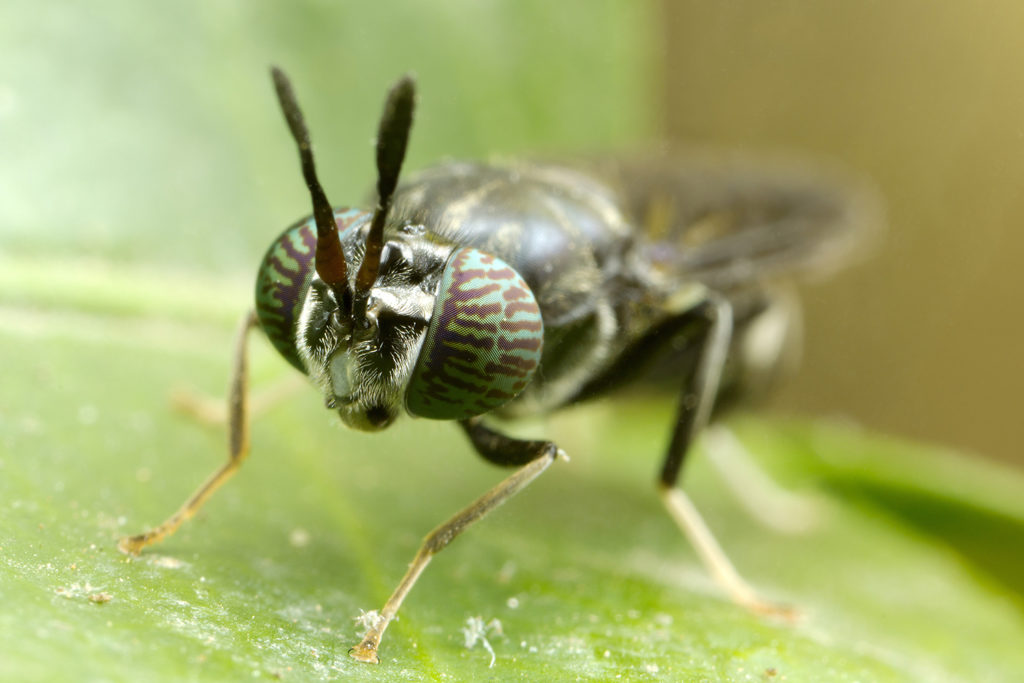
Aquafeeds
Fly guys: Canada opens the door for insect-based feed companies
The sci-fi flick “The Fly” warned about mixing flies and technology, but high-tech black soldier fly farmers are seizing a real opportunity in aquaculture.
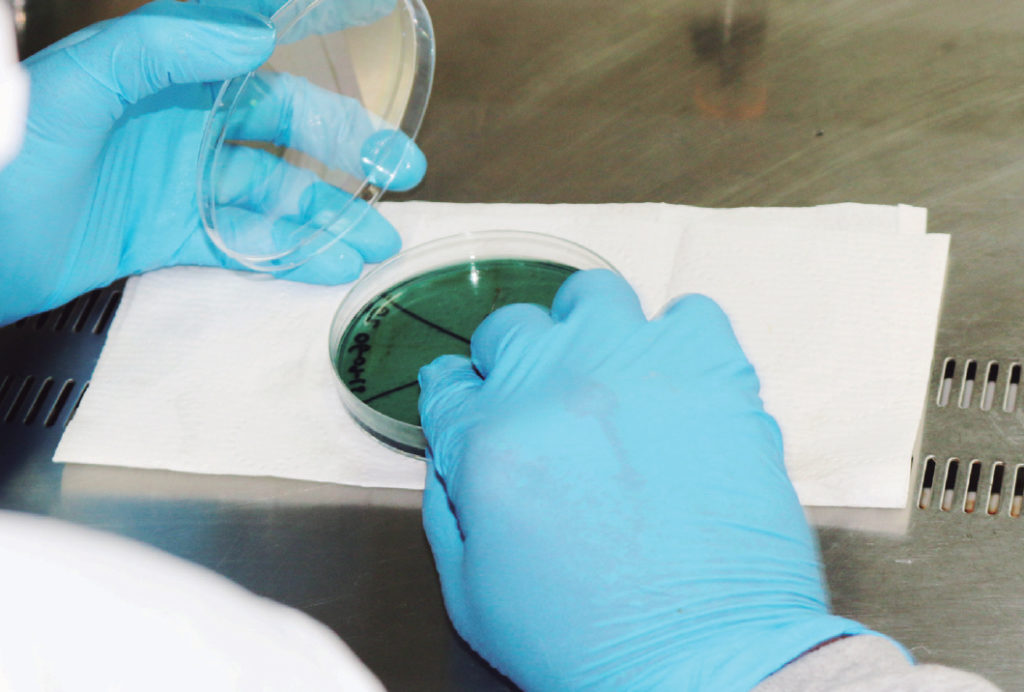
Health & Welfare
Probiotic capacity of <i>Pseudovibrio denitrificans</i> isolates from a marine sponge
Study evaluates probiotic capacity of Pseudovibrio denitrificans from marine sponges and its potential to control emerging Vibrios on shrimp farms.
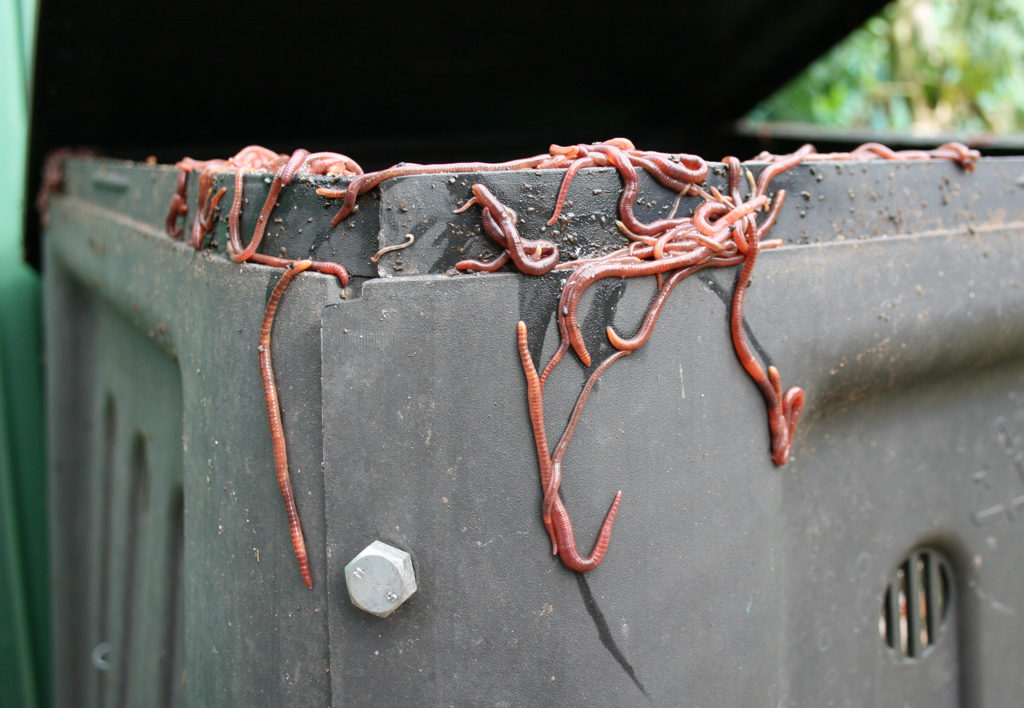
Aquafeeds
The red earthworm as an alternative protein source in aquafeeds
Study reviews biological composition, processing methods and production and research needs for the red earthworm, an aquafeed protein source candidate.
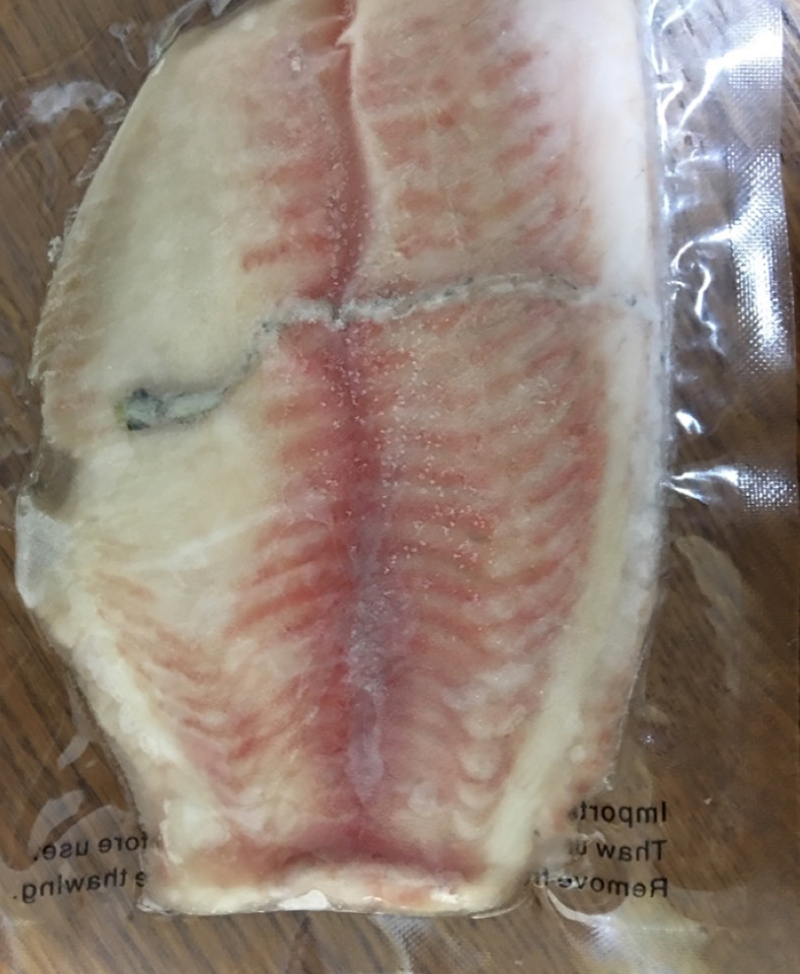
Intelligence
Was it really a worm? TV news report unfairly damages tilapia’s reputation
Click-bait headlines playing loose with the truth can do tremendous damage in this age of 24-hour news cycles and short attention spans. Our editor tells a sad fish tale that didn’t pass the sniff test.


